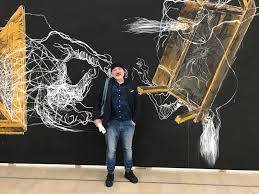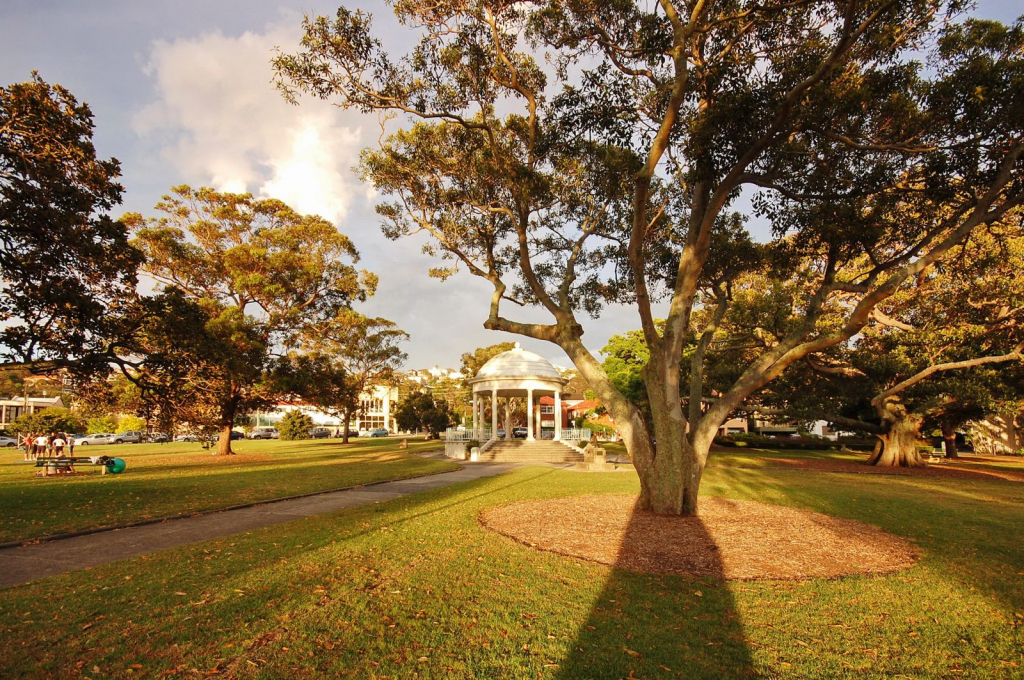classicism
INTERACTION OF PHOTOGRAPHY AND PAINTING
 At the time of the birth of photography, aesthetics were dominated by the belief that only man-made work can be art. The image of reality obtained using technical methods could not even claim such a status. And although the first photographers, gravitating to the artistry of the image, showed considerable compositional ingenuity to reflect reality, photography did not fit into the system of social values as art.
At the time of the birth of photography, aesthetics were dominated by the belief that only man-made work can be art. The image of reality obtained using technical methods could not even claim such a status. And although the first photographers, gravitating to the artistry of the image, showed considerable compositional ingenuity to reflect reality, photography did not fit into the system of social values as art.
Theoretical debate constantly arose around photography: can it be compared with painting in terms of artistic value? Is photography a degenerate painting for which technique replaces craftsmanship? And vice versa, is not photography a modern kind of painting that takes over and deepens its function, a modification of painting in a technical civilization that changes the cultural and aesthetic significance of traditional painting? But this is nothing more than a contrast between two phenomena of artistic life, two types of art, clearly gravitating to each other and interacting with each other. Continue reading
STYLES AND DIRECTIONS OF PAINTING
 There is a huge variety of styles and trends in the visual arts. Often they do not have clearly defined boundaries and smoothly pass from one to another, being in continuous development, mixing and counteraction. Within the framework of one historical art style, a new one is always born, and that, in turn, passes into the next, etc. Many styles coexist at the same time and therefore there are no “pure styles” at all. Here you can order a portrait from a photograph on canvas.
There is a huge variety of styles and trends in the visual arts. Often they do not have clearly defined boundaries and smoothly pass from one to another, being in continuous development, mixing and counteraction. Within the framework of one historical art style, a new one is always born, and that, in turn, passes into the next, etc. Many styles coexist at the same time and therefore there are no “pure styles” at all. Here you can order a portrait from a photograph on canvas.
ABSTRACTIONISM ABSTRACTIONISM (came from lat. Abstractio – removal, distraction) – the direction of art, abandoning the approximate reality of images of forms in painting and sculpture. One of the goals of abstractionism is to achieve harmony, to create certain color combinations and geometric shapes in order to evoke various associations in the contemplator. Continue reading




